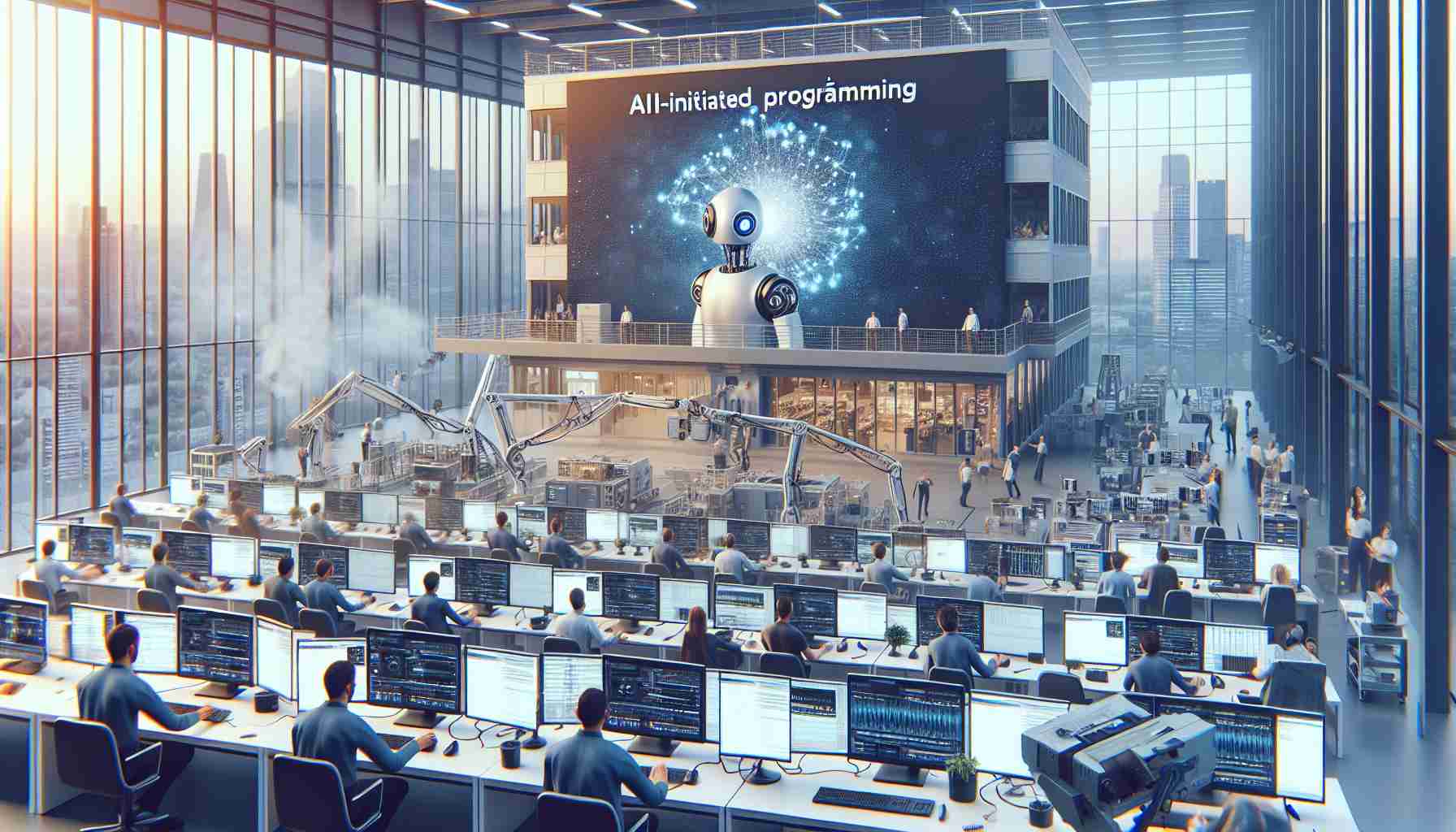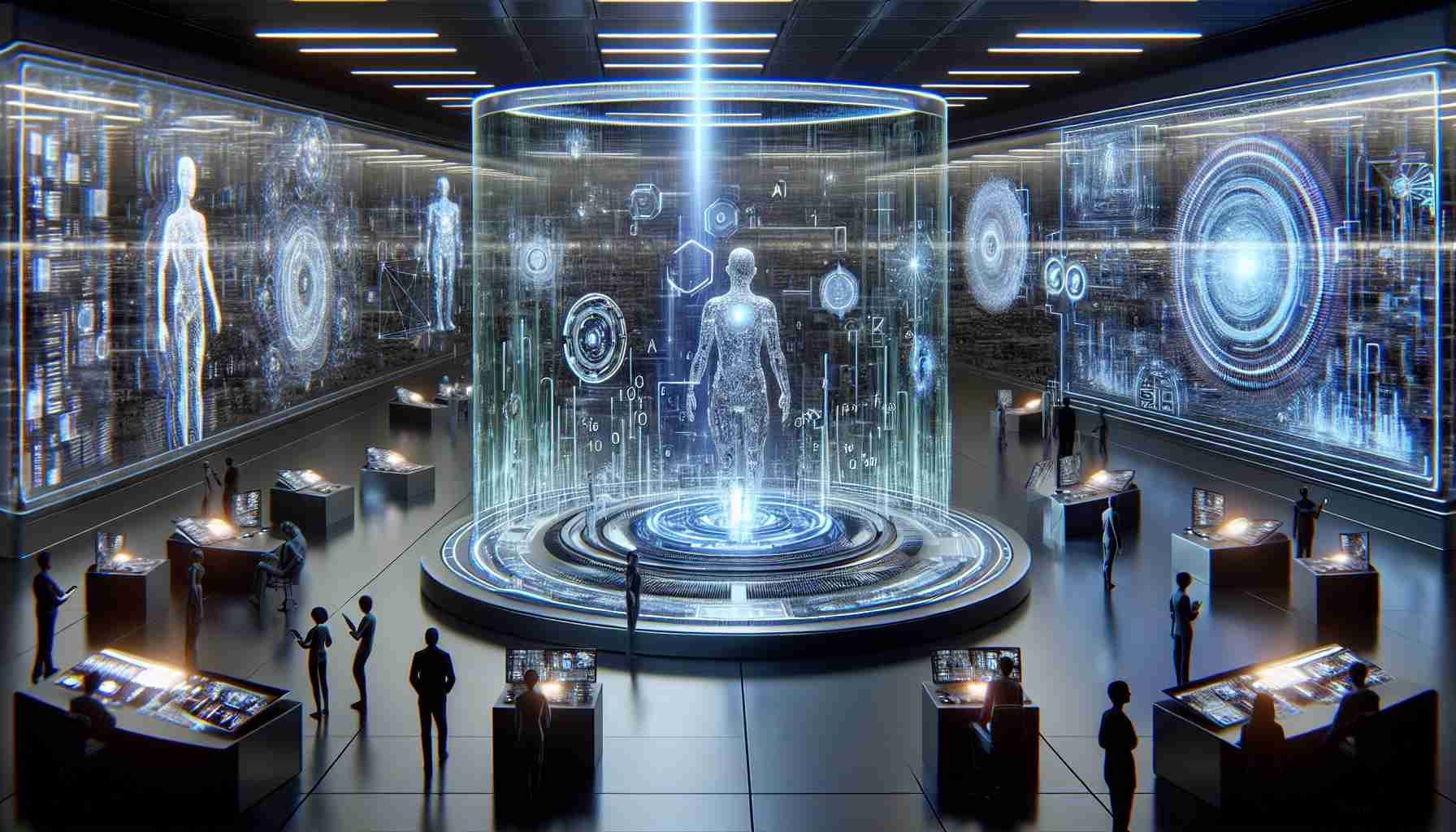Artificial intelligence (AI) is rapidly transforming the job landscape, and some careers are more resilient to this shift than others. As AI continues to evolve, professionals must adapt their career strategies to mitigate potential risks from technological advancements. Among the various roles in IT, three key positions are proving to be less susceptible to replacement by machines.… Read the rest
Are Deepfakes the Future of Deception? Discover This Shocking Exhibit!
The emergence of deepfake technology is causing waves of concern across global diplomatic circles. In response, Switzerland, the International Committee of the Red Cross (ICRC), and the École Polytechnique Fédérale de Lausanne have collaborated on a groundbreaking exhibition titled “Deepfake and You.”… Read the rest
You Won’t Believe How AI is Turning Dreams into Reality!
Ever wondered what your dreams would look like if they were brought to life? A fascinating exploration combines the realms of artificial intelligence and our subconscious experiences. Recently, a creative YouTube user, known for their engaging content, embarked on a unique project to visualize dreams through the lens of AI technology.… Read the rest
AI Technology Adapts to Customer Communication Styles
In an age where artificial intelligence (AI) is rapidly evolving, its capability to understand diverse communication styles has reached new heights. Recent discussions highlight how AI can now navigate offensive language during customer interactions. A prominent figure in the tech community explained that if a client resorts to crude language, AI systems have the potential to respond accordingly, although this practice is not yet widespread in banking sectors.… Read the rest
Transforming Breast Cancer Screening Through Innovation
Mammography stands as a pivotal tool in female healthcare, primarily utilized for breast cancer detection. This advanced imaging technique is integral not only in routine screenings but also within hospital settings. In particular, expert radiologists like Dr. Franken are closely monitoring the advancements in artificial intelligence that are set to revolutionize the field.… Read the rest
The Future of Artificial Intelligence: Insights and Innovations
On the evening of October 23, 2024, a thought-provoking lecture is set to take place, focusing on the evolution and intelligence of artificial intelligence. The event features Professor Niels Taatgen, a leading expert in his field who serves as both a professor and research director at the University of Groningen.… Read the rest
The Future of Art: Can Artificial Intelligence Replace Creativity?
A lively discussion regarding the potential of artificial intelligence (AI) to succeed human artistry took place at the Konin Cultural Center. The event, led by Grzegorz Nawrocki from TVP, involved students from II Liceum Ogólnokształcącego in Konin. Intriguingly, the debate’s introduction was crafted by AI, raising immediate curiosity about the role of technology in creative fields.… Read the rest
The Launch of AI-Initiated Programming at Kraków Radio
An innovative experiment is set to begin at OFF Radio Kraków, aimed at exploring the profound implications of artificial intelligence (AI) on various facets of society, including culture, media, and journalism. The initiative will debut on Tuesday, October 22nd, at 8:00 AM.… Read the rest
Apple Unveils Future Potential with AI System
In a significant move, Apple has introduced a new artificial intelligence initiative named Apple Intelligence, which is currently under development and will gradually be accessible to users. Tim Cook, the CEO of Apple, has expressed excitement about the transformative capabilities of this new system, which he believes is already enhancing lives, including his own.… Read the rest
The Financial Revolution: The Impact of AI on Banking
Recent insights from a leading Russian bank executive shed light on the transformative potential of artificial intelligence (AI) in the financial sector. The first deputy head of Sberbank, a major financial institution in Russia, emphasized the incredible returns expected from AI investments over the next several years—estimated at around 1.5 trillion rubles from 2020 to 2024, with a significant portion projected for this year alone.… Read the rest










